Want to Export Shrimp to the United States? Pay Attention to These Requirements
So, for those of you planning to export shrimp to the United States in the near future, pay close attention to the requirements and procedures outlined in this article!
Shrimp Export Potential for the United States Market
Shrimp supplies in the United States come from various countries, while shrimp imports into the country continue to rise each year. This creates significant opportunities for shrimp producers worldwide, including Indonesia.
In 2021, based on data from the National Oceanic and Atmospheric Administration (NOAA), the United States imported 61.1 thousand tons of shrimp, with the largest share coming from Indonesia. The import of shrimp into the United States is expected to continue increasing year by year due to the rising consumption of both fresh and processed shrimp.
Furthermore, the U.S. government has eliminated import tariffs for all shrimp exporters entering the American market. With no import tariffs in place, the opportunities for shrimp producers in Indonesia are set to grow.
Reulations for Exporting Shrimp to the United States
Before exporting shrimp to the United States, you should pay attention to several important factors, including:
1. Obtain an HACCP Certificate (Hazard Analysis Critical Control Point)
All shrimp producers looking to enter the American export market must first obtain an HACCP certificate. This certificate ensures that your shrimp meets food safety standards from production to distribution.
2. FDA Import Alert
Shrimp producers must ensure that their products are not listed in the “Import Alert” issued by the U.S. Food and Drug Administration (FDA). Import Alert is a warning and prohibition for products identified as having safety and health issues.
3. Product Labeling
Shrimp products exported to the United States must have accurate labeling with information such as raw materials, production dates, nutritional information, and the name and address of the shrimp producer. Labels must also comply with regulations regarding allergens and nutritional information.
4. Pesticide and Drug Residues
Shrimp exported to the United States must be free from pesticide and drug residues exceeding the limits set by the United States. Therefore, regular monitoring of residue levels is necessary before exporting.
5. Sanitation Certificate
Shrimp producers must obtain a sanitation certificate from health authorities or food oversight agencies recognized by the United States.
Tips for Successfully Exporting Shrimp to the United States
1. Understand Local Regulations Thoroughly
It’s essential to have a detailed understanding of all regulations and requirements for shrimp export to the United States. Consult with experienced international trade experts if necessary.
2. Maintain Product Quality
Product quality is key to success in shrimp export. Ensure you select healthy shrimp for export and handle them with proper processing and storage.
3. Build Business Relationships
Establishing good relationships with shrimp buyers and distributors in the United States is crucial when you plan to export. Trust and cooperation are the primary keys to international trade.
4. Certification and Accreditation
Strive to obtain the necessary certifications and accreditations for your shrimp exports, such as Best Aquaculture Practices (BAP), Aquaculture Stewardship Council (ASC), and other certificates that prove your shrimp meets international standards.
5. Market Research
Before entering the American shrimp export market, conduct market research to learn about consumer trends and competition among exporters. This will help you determine the right marketing strategies.
Procedure for Exporting Shrimp to the United States
1. Market Selection
First, you need to identify your target market in the United States. Given the size of the country, ensure you focus on regions or market segments that suit your product.
2. Registered Exporter
Next, you should register as an exporter with the U.S. Customs and Border Protection (CBP). By registering, you will obtain an exporter identification number (EIN) required for the export process.
3. Packaging and Labeling
Ensure your shrimp products are well-packaged and meet U.S. labeling requirements. This includes accurate information about the product, production date, expiration date, and nutritional information.
4. Export Documentation
Prepare all the necessary export documents, such as invoices, health certificates, certificates of origin, and any other documents requested by U.S. import-export authorities.
5. Logistics and Shipping
Arrange the logistics and shipping of your products to the United States. Shipping options typically include sea, air, and land transportation. Each has its advantages and disadvantages, so you can tailor it to your preferences.
6. Monitoring and Evaluation
After your products arrive in the United States, it’s essential to continuously monitor their quality and ensure they meet standards. Maintain communication with your product importer and understand their feedback to improve product quality.
Cre: DELOS Aqua
Ngày đăng : 30/06/2024
1836 View
Other Articles
Global Shrimp Forum: Global shrimp trade is reshaping
China’s Import Value Up 10%, Vietnamese Shrimp Remains Among Leading Suppliers
After the 7.5-magnitude offshore earthquake in Aomori that injured 34 people, Japan has issued a warning about a potential mega-earthquake
India’s shrimp exports accelerate despite the trade war with the United States
Portuguese food group acquires 18% stake in cod farming company Norcod
Indonesia implements radioactive-free shrimp certification for exports to the United States
India is world’s second-largest shrimp producer. That is now under threat
Ca Mau’s shrimp industry moves towards “green” growth
Floods devastate aquaculture, processing operations in Vietnam
Ecuador Leads Global Shrimp Exports, Surpassing USD 7 Billion in 2025
India's marine product exports rise 16% as new markets offset US dip
Skretting presents the first shrimp feed with insect meal in Vietnam








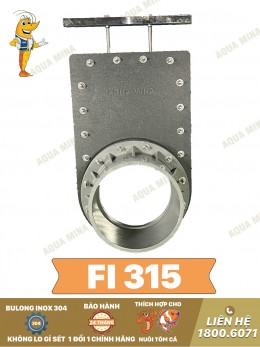
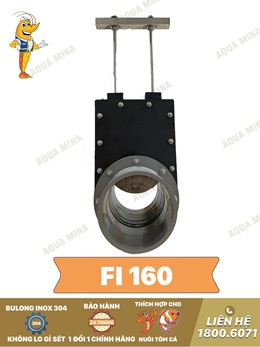
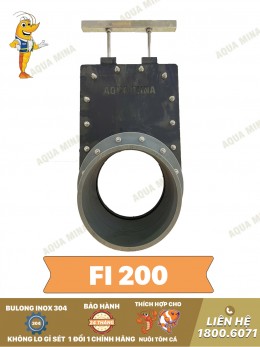
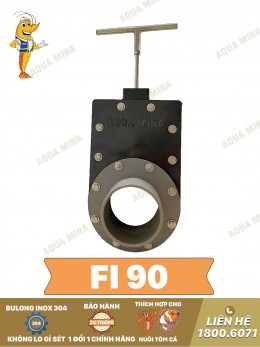
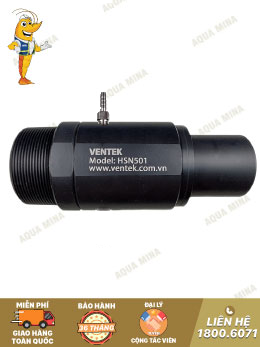
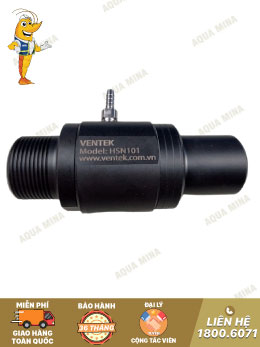

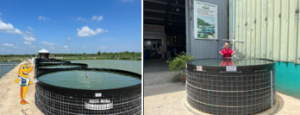


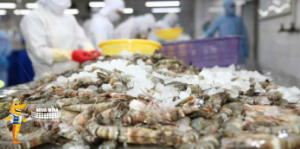
.jpg)